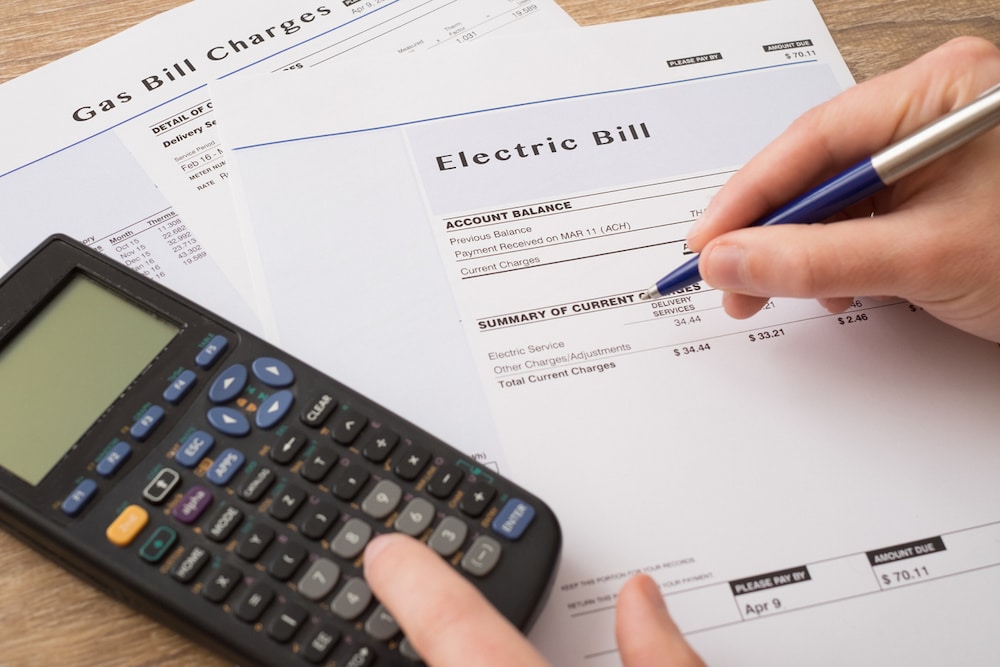The Independent Competition and Regulatory Commission (ICRC) has announced its final decision on regulated electricity prices in the ACT, the ACT Government announced.
Average prices will increase at most by 4.15 percent – a figure lower than inflation – from 1 July for customers on the standing offer, also known as the default market offer.
This increase, if fully passed through, would amount to less than $1.50 per week for the average household, and to less than $6 per week for the average business on their annual electricity bills for 2023-24.
“Without the ACT’s large scale Renewable Energy contracts, the average household on the regulated standing offer would have faced electricity bills around $225 higher,” Andrew Barr, Chief Minister and Minister for Climate Action, and Shane Rattenbury, ACT Minister for Water, Energy and Emissions Reduction, said.
“Instead, the effect of our large-scale Renewable Energy contracts, in combination with the Commonwealth National Energy Bill Relief, means around two thirds of households will only see a $75 annual increase, and one-third of households will see their electricity bill decrease by $100 (for the average household using the standing offer).”
Across the border in New South Wales, the average household electricity costs are expected to be $747 a year higher than in the ACT.
Further to this, 31,000 eligible ACT households will receive additional concessions. Further announcements will be made in the ACT Budget in three weeks’ time.
“This stability in ACT electricity prices for the coming year is a direct result of the decisions made over a decade ago to implement a 100 percent renewable electricity target,” Mr Barr said. “These forward-thinking policies have shielded the ACT community from the extreme price volatility witnessed in other parts of the country.
“The ACT increase contrasts strongly with other Australian states, and is the only jurisdiction where regulated electricity tariffs will increase by 4.15 percent.
“The average annual bill for Canberrans on standing offers will be the lowest compared to the default market offers faced by customers in New South Wales, Victoria, Queensland, and South Australia, where residential customers are facing increases in the order of 20 to 27 per cent.
“The increase is also less than inflation, meaning a real reduction in electricity costs, which is good news for Canberrans facing cost of living pressures.”
“The ACT is again an island of stability in an island of electricity price volatility,” Mr Rattenbury said. “The positive outcome for ACT consumers is a testament to the ACT Government’s commitment to creating a sustainable and affordable energy system.
“By investing in renewable energy through initiatives like the large-scale feed-in tariff scheme, the ACT has been able to offer cheaper renewable electricity supply, passing on benefits to ACT consumers.”
“The Government remains committed to providing affordable and reliable energy to its residents,” Messrs Barr and Rattenbury said.
“Measures such as the Utilities Concession, Utilities Hardship Fund, Sustainable Household Scheme, Home Energy Support Program, Energy Bill Relief Fund, and Renters Home Energy Program will continue to be implemented to assist low-income and vulnerable households in managing their energy expenses.”
For more information on ACT Government rebates, concessions and government assistance programs, visit https://www.act.gov.au/assistance.



